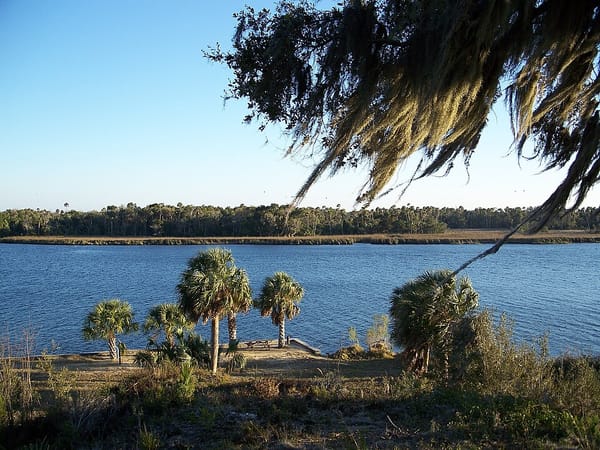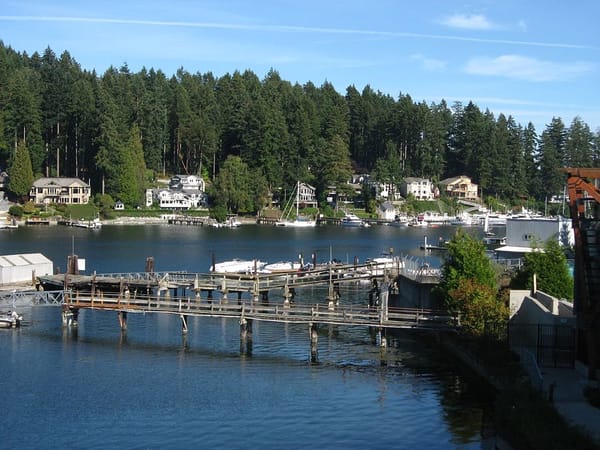Hold the Salt: How to Protect Your Boat from Saltwater Damage
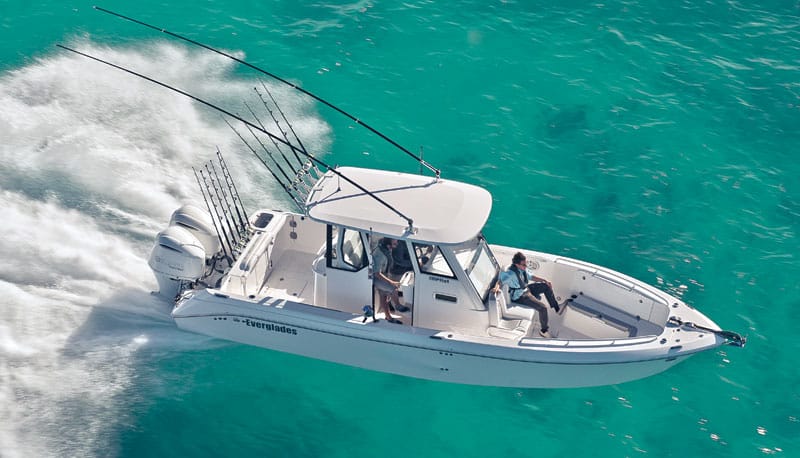
High seas adventures like deep sea fishing, reef diving and snorkeling and traveling by boat from Florida to the Bahamas are just a few of the reasons many of us own boats. These activities are all done in saltwater and, while fun and thrilling for people, can be a beast to your boat. Salt is that tiny but constant enemy that eats away at metal, wood and other elements of your boat. Everything from screw fittings and cleats to hose clamps, wooden railings and even the gelcoat are at risk.
Whether you’re boating in the Gulf of Mexico or the Atlantic Ocean, you’ll want to take measures to protect your boat from saltwater damage. Even an estuary like the Chesapeake Bay or Tampa Bay has enough saltwater to damage your boat with corrosion. Unless your boat stays in a completely freshwater lake, it’s necessary to take protective measures against rust. Some of it is just simple maintenance, but the rest is crucial to keeping your boat in tip top shape.
Keep reading to check out our tips for keeping your boat protected from saltwater damage.
Clean it Up
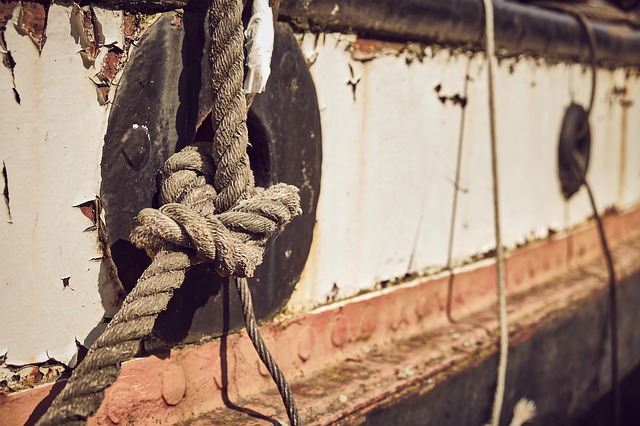
Photo: Pixabay
Flush, flush and re-flush (or rinse, rinse and re-rinse, whichever you prefer) is our top tip. Wash your entire boat with soap and water after every adventure, especially the metal and wooden parts, as well as things like fishing rod holders, cleats and anchors. If you keep your boat at a boat lift rental, this is a great opportunity to wash the hull and bottom of the boat. If you trailer it, be sure to wash off the trailer.
Don’t forget the interior parts. You’ll want to flush the engine to remove salt from the cooling system. Dry off the boat with a towel after washing it and put the cover on. This also helps protect it from sun and rain damage. Every so often, a good polish and wax will do wonders for your boat’s gelcoat.
Protect the Outboard
If your boat is stored in-water at a private boat slip rental, tilt up the outboard as soon as you dock it. Tilting the outboard up will help protect corrosion (and barnacles) from staying dunked in saltwater. It also protects your prop from banging against things underwater. Check for nicks and scratches (check the paint while you’re at it) that can make it susceptible to rust. Touch up with metal primer and marine paint.
Check the Zincs
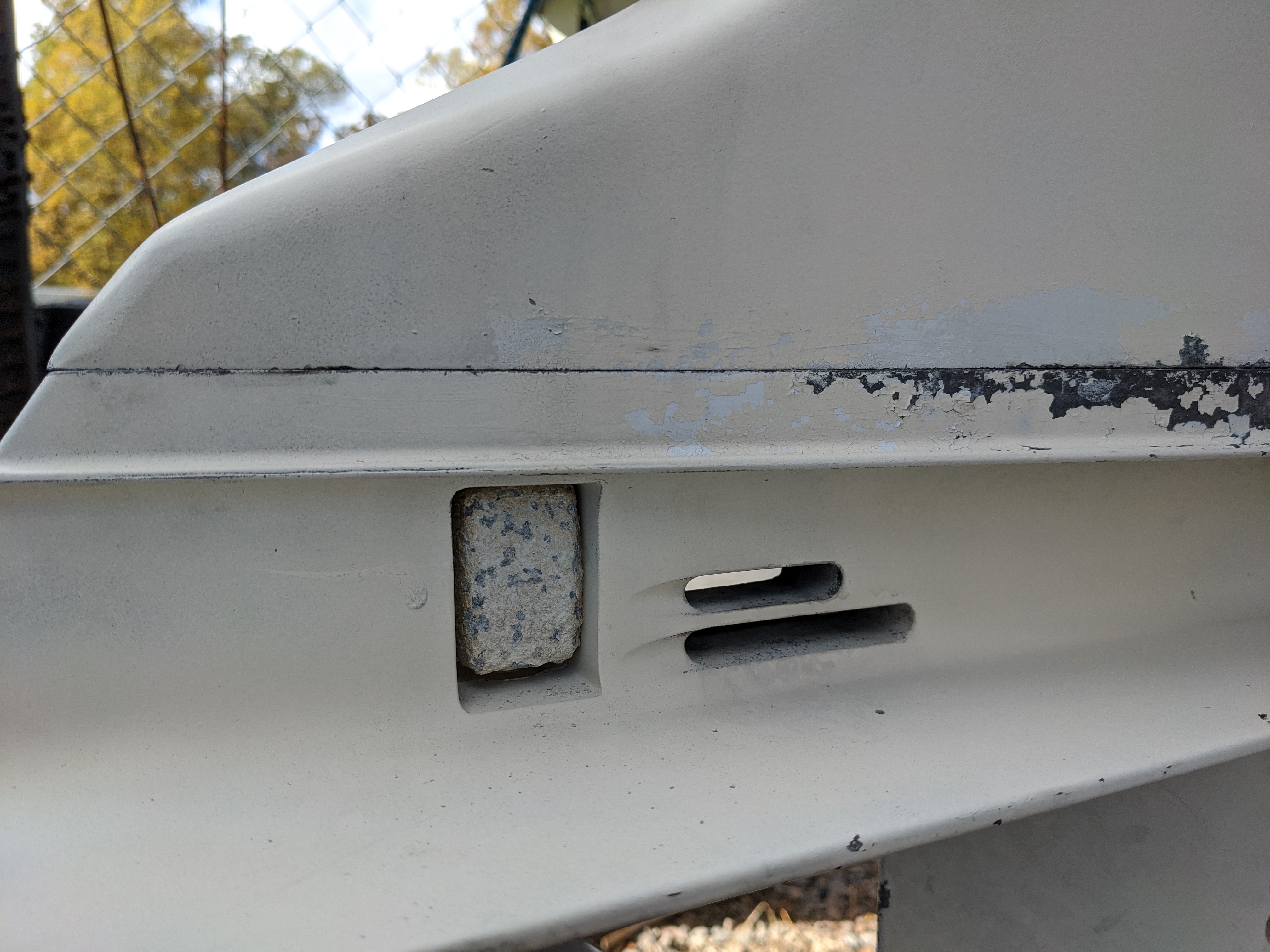
Zincs on an outboard engine
Periodically check the zincs (also known as sacrificial anodes). They’re found on the engine’s lower unit, the transom, the engine unit and other places. These small but mighty pieces of zinc “sacrifice” themselves by wearing away instead of letting other parts wear away. In other words, they protect the other metallic parts on your boat. Protecting and caring for them will keep the rest of your boat in good condition. They need to be replaced when they’ve lost half their mass. It’s much easier and cost effective to replace a few zincs than a whole lower unit. Checking zincs is easy if you trailer your boat. If you keep your boat in-water at a private boat dock rental, you’ll want to be sure to add zinc checking to your annual maintenance routine.
Engine and Fuel System
Take care of the inside as well as the outside. Use a gasoline additive treatment to keep the fuel system clean. This helps prevent engine corrosion by removing gunk water and condensation and preventing gunk buildup. A couple of examples include STA-BIL, Techron Protection Plus Marine Fuel System Treatment, STA-BIL, Star Tron Enzyme Fuel Treatment and LUCAS Fuel Treatment.
Smooth Sailing
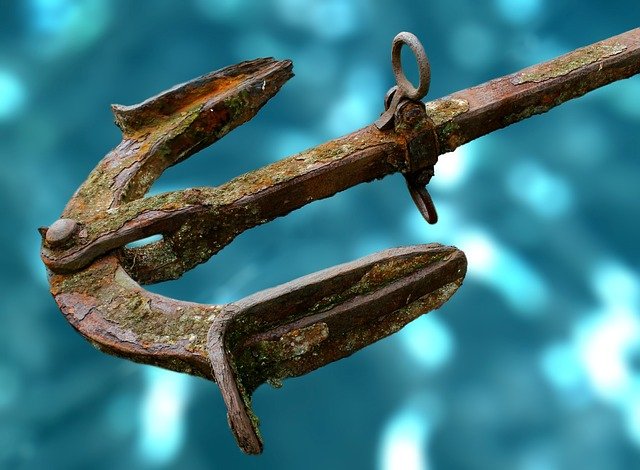
Photo: Pixabay
A smooth surface helps repel that salt. This is why bottom paint is so important. It helps keep barnacles and other organisms from eating away at your boat. Lubricate the fittings on outboards and engine trim mechanisms with marine grease. Don’t forget things like hinges, latches and other metal parts. Basically, treat anything that’s metal and moves.
Use a silicone spray on the power head (make sure it’s doesn’t damage rubber or plastic). Do this several times during the boating season. Yamaha Marine Silicone Spray or Corrosion Block Spray are just a couple of choices.
Use a grease gun to keep the moving parts of the outboard engine running smoothly. Over time, saltwater can break down the factory grease coating. This is an easy task to do while the boat’s docked at your boat lift for rent.
Hopefully you’ve picked up some helpful tips on how to protect your boat from saltwater damage. With careful attention and regular preventative maintenance, you can keep your boat protected while increasing fuel efficiency, reducing emissions and providing maximum performance. See you on the water!


